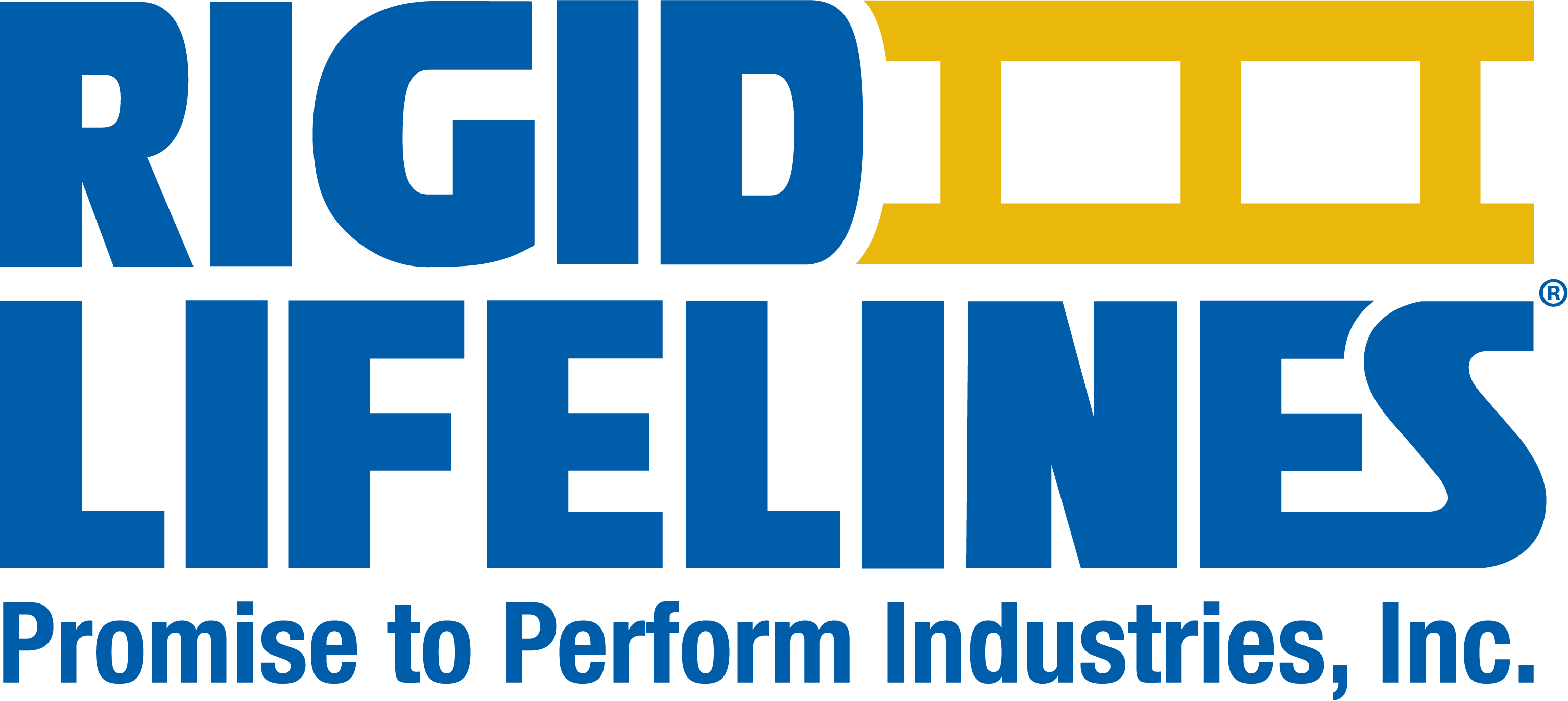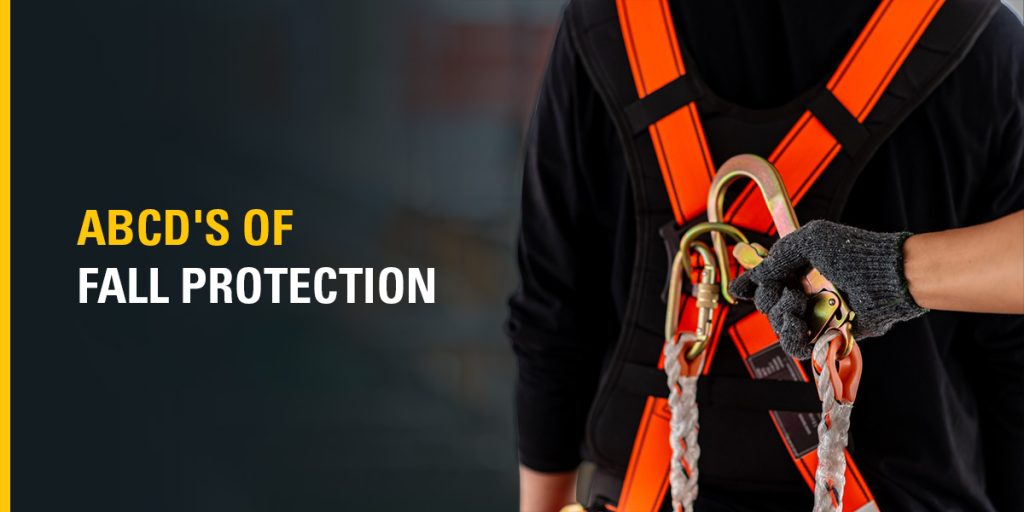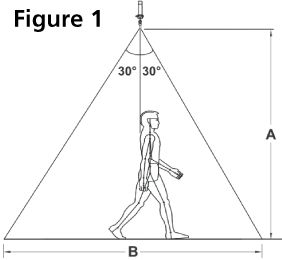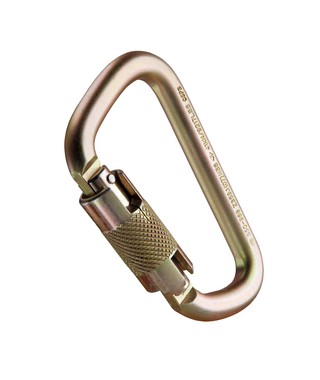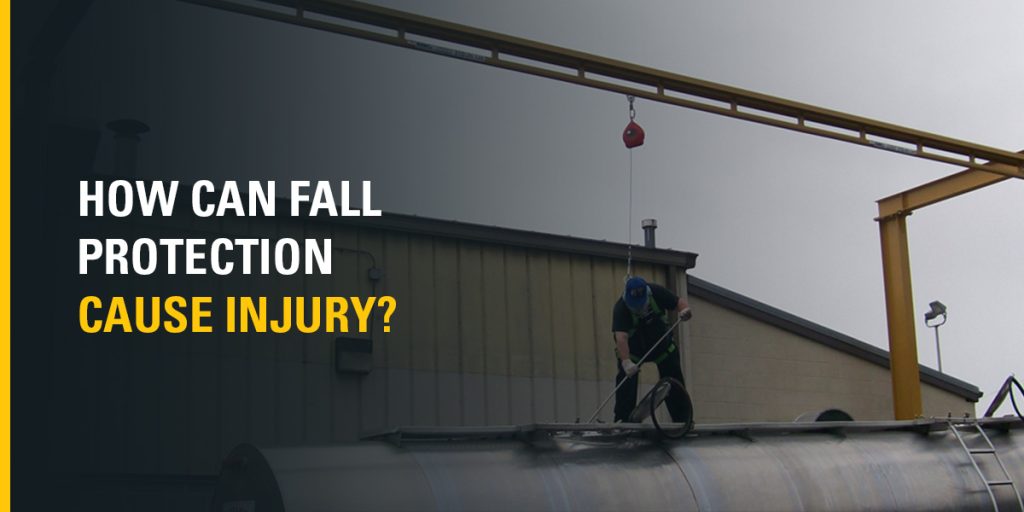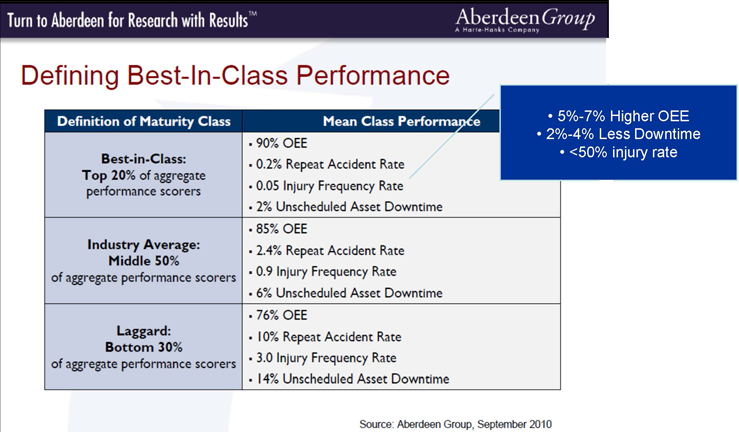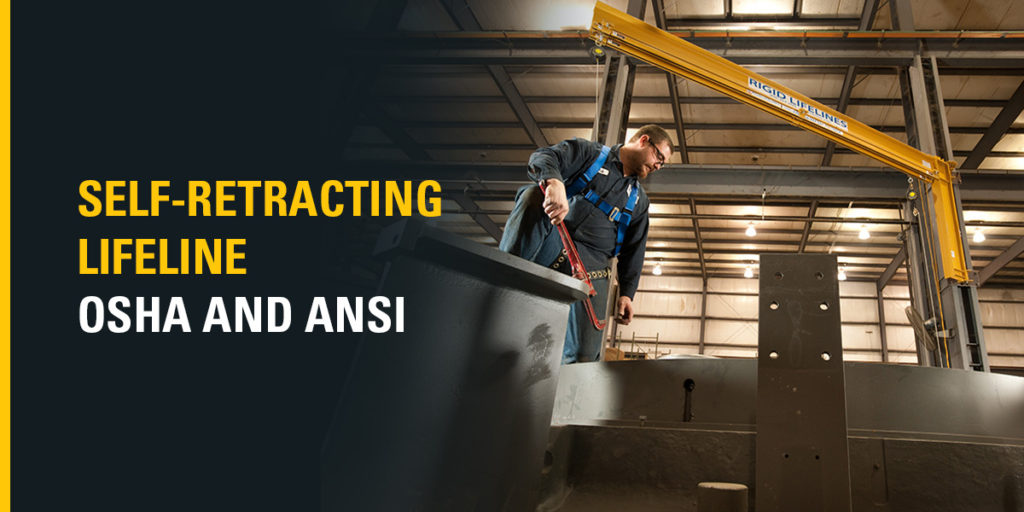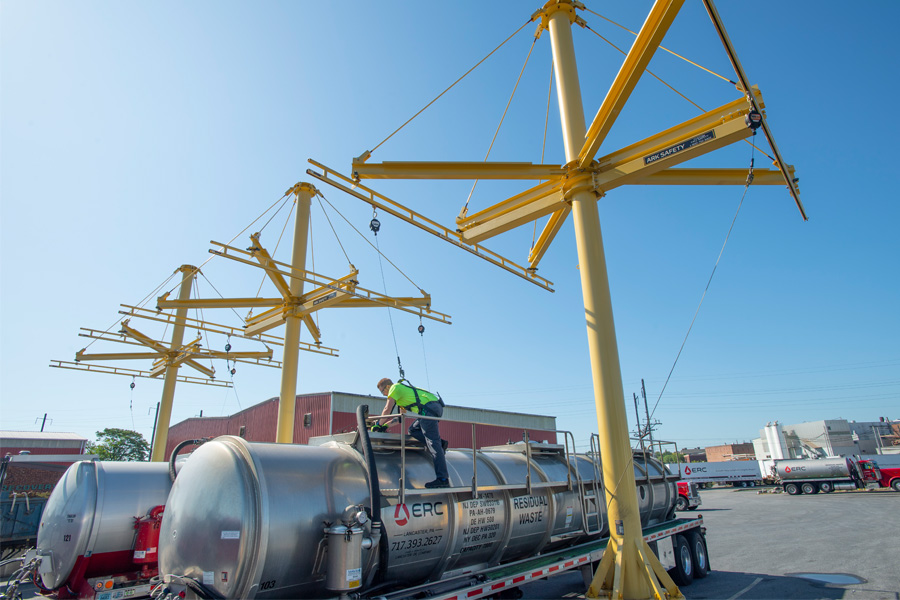Posts by developer
ABCD’s of Fall Protection
Personal fall arrest systems, or PFAS, include anchorage, body support or body wear, and a connecting device like a self-retracting lifeline or shock-absorbing lanyard. These vital components make up the core of the ABCD’s of fall protection. Workers at height heavily rely on these essential components and their proper use to provide for their safety…
Read MoreSystem Selection Guide: How to Choose the Right Fall Protection System
If you’re looking to install a comprehensive fall protection system for workers, follow this simple system selection guide to help identify the best system for your application. After you have supplied a brief answer to the questions listed below, you can move through the rest of the selection guide to provide exact specifications for your…
Read MoreCommon Fall Protection Dangers Equipment Misuses
It’s always important to provide fall protection for people working at heights. OSHA requires fall protection any time someone is working four feet above the ground or higher for general industry or six feet or higher for construction. But it’s not enough just to have fall protection equipment: that equipment must be used correctly, and…
Read MoreWhat is a Carabiner and What Role Does it Play in Fall Protection?
Fall protection systems are made up of a variety of precision components. Some, like the full-body harness or the self-retracting lanyard, have clear roles in restraining or arresting falls. Others, like the carabiner, although less focused on, are still critical to ensuring that a fall protection system functions as it should. What is a…
Read MoreHow Can Fall Protection Cause Injury?
Falls are among the most common causes of workplace injuries and deaths. Fall protection systems are installed to avoid those potential outcomes. However, improper use, honest mistakes, and accidents can make fall protection systems risk factors in the workplace. The best way to avoid fall protection injuries is to ensure everyone in the workplace understands how these systems work, their dangers, and how to reduce those risks. Common Fall Protection…
Read MoreHow to Inspect Your Rope Grab Assembly
Rope grabs provide personal fall arrest or restraint in rugged work environments, such as construction, oil production, and window washing. When combined with a lanyard and body harness, rope grabs should move freely up and down vertical lifelines. Checking that rope grabs function properly is essential for keeping workers who use them safer from being…
Read MoreHow Serious Can Fall Injuries Be?
Common sense tells us that even a simple slip and fall can lead to injury. But how serious can these injuries be, and how does a fall to a lower level increase the risk of serious injury, or even death? According to the U.S. Bureau of Labor Statistics, there were 5,486 fatal work injuries in…
Read MoreCan Fall Protection Increase Productivity?
The pros and cons of using fall protection in the workplace sparks a surprising amount of debate among people who work at height. At first, it can seem like there are a lot of rules and regulations that need to be followed. And the process of obeying those rules and regulations can feel like it…
Read MoreBeyond Compliance: Creating a Culture of Safety
There are many safety regulations concerning fall prevention, including standards for fall protection systems, safety for workers at height, and more. OSHA 1910, OSHA 1926, and ANSI Z359 cover broad topics of fall prevention, and there are many specific standards within those regulations. These regulations define actions and steps employers must take to protect their…
Read MoreInspecting Your Full Body Harness Checklist
Full Body Harness Inspection Checklist Table Harness Inspection Points Pass Fail 1) Inspect the load indicator warning (located on webbing below dorsal D-Ring pad) to see if any part of it is showing. 2) Inspect hardware for cracks, sharp edges, deformation, corrosion, rust, or other signs of wear or damage. 3) Ensure all labels and…
Read MoreSelf-Retracting Lifeline OSHA and ANSI
Safety protocols reduce the risk of accidental falls when working at heights. For example, the Occupational Safety and Health Administration and American National Standards Institute have established guidelines regarding self-retracting lifelines. These fall protection systems reduce workplace hazards, and adhering to OSHA and ANSI standards mitigates injuries and fatalities while preventing costly lawsuits and fines for…
Read MoreA Brief History of Fall Protection
Before the Occupational Health and Safety Act (OSHA) of 1970, fall protection in the workplace was not regulated in the United States, and employers bore little responsibility for fall hazards. Let’s walk through the history of U.S. fall protection standards, starting with early workplace safety. Early Workplace Safety In the early days of industrialization, workplace…
Read More